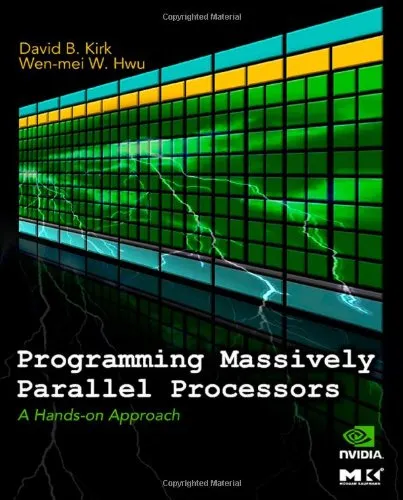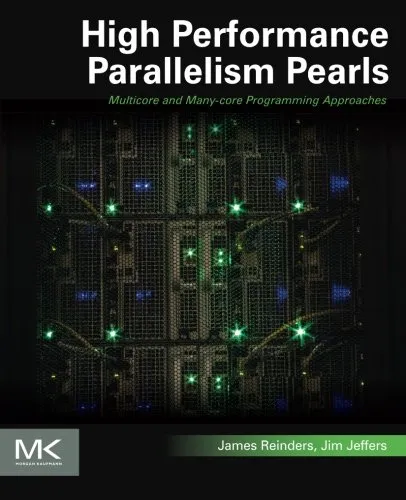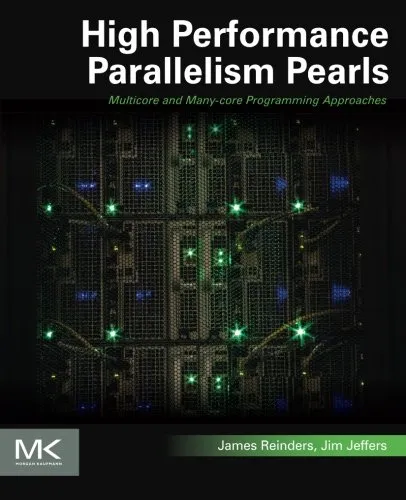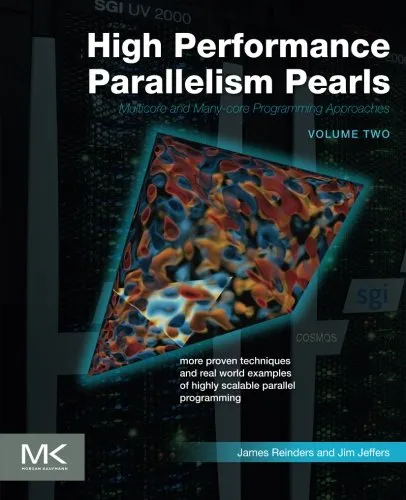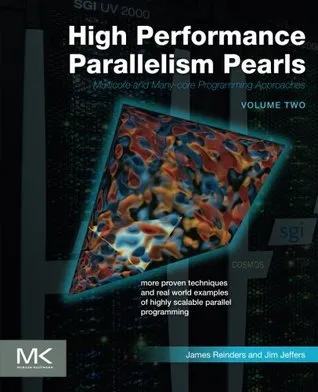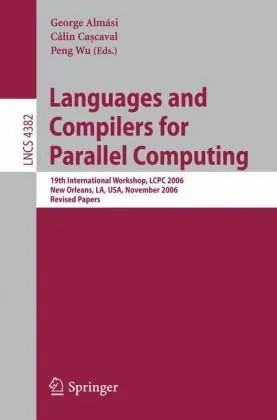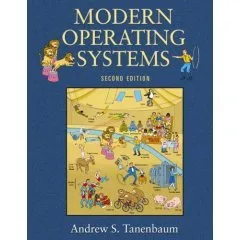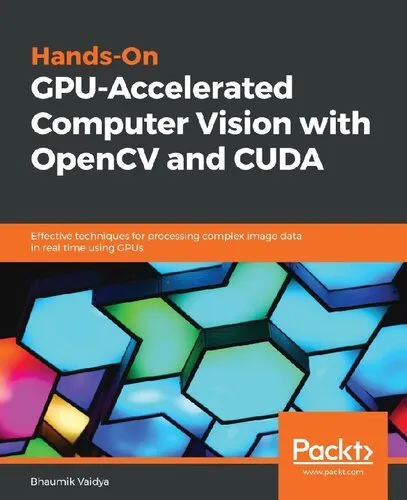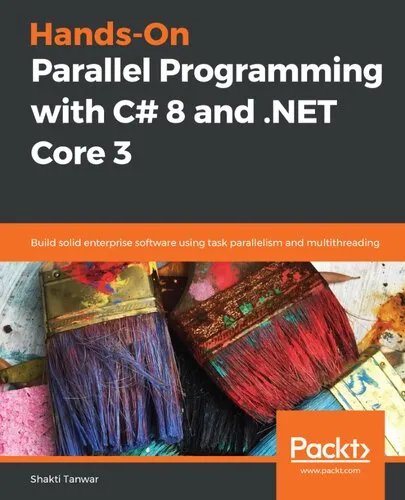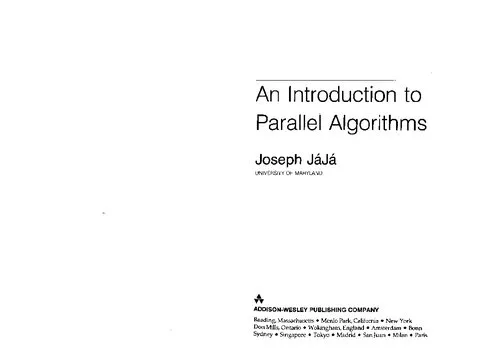Programming Massively Parallel Processors: A Hands-on Approach
4.5
Reviews from our users

You Can Ask your questions from this book's AI after Login
Each download or ask from book AI costs 2 points. To earn more free points, please visit the Points Guide Page and complete some valuable actions.Related Refrences:
Introduction to 'Programming Massively Parallel Processors: A Hands-on Approach'
In the ever-evolving field of computer science, mastering the art of parallel programming is crucial for harnessing the power of modern-day processors. 'Programming Massively Parallel Processors: A Hands-on Approach' by David B. Kirk and Wen-mei W. Hwu serves as a cornerstone in understanding and implementing parallel computing solutions effectively. This book provides a comprehensive guide to leveraging the capabilities of Graphics Processing Units (GPUs) to improve computational efficiency dramatically. Its blend of theoretical concepts with practical, real-world examples allows both beginners and seasoned programmers to deepen their knowledge of parallel computing.
Detailed Summary of the Book
The book delves into the fundamental principles of parallel computing, covering topics such as CUDA programming, memory hierarchy, performance optimization, and more. Kirk and Hwu emphasize hands-on learning, encouraging readers to engage with interactive examples and exercises designed to solidify their understanding of each concept. The authors begin by introducing the architecture of modern GPUs and the principles of massively parallel computing, setting the stage for more complex ideas.
The following chapters systematically guide the reader through essential concepts like data parallelism, task parallelism, and memory management. 'Programming Massively Parallel Processors' prioritizes clarity and comprehensibility by employing clear explanations and detailed diagrams. The latter portion of the book explores advanced topics, including parallel algorithms and applications in diverse fields, illustrating how GPUs can be utilized beyond graphics processing, such as in scientific computing and data analytics.
Key Takeaways
- Understanding the architecture of modern GPUs and how they differ from traditional CPUs.
- Learning the CUDA programming model and developing efficient parallel code.
- Techniques for optimizing memory usage and performance in massively parallel environments.
- Application of parallel computing techniques in various industry sectors.
- Insights into the future of parallel processing and its potential impacts across technology fields.
Famous Quotes from the Book
"Parallel programming is not just a niche skill but a fundamental capability necessary for today's computational challenges."
"The GPU is no longer just a graphics processor but a fundamental tool for computation, offering unparalleled parallel processing capabilities."
Why This Book Matters
This book is an invaluable resource for anyone involved in software development, particularly those aiming to exploit the full potential of modern hardware. In today's era, where data-intensive applications are the norm, understanding how to program massively parallel processors efficiently is no longer optional—it’s essential. As industries rely increasingly on computational power, insights from this book become crucial for driving innovation by leveraging GPUs for high-performance tasks.
The approachable yet thorough manner in which 'Programming Massively Parallel Processors' introduces complex concepts makes it suitable for both academic settings and self-study. Its focus on pragmatic, hands-on experience is a unique factor that distinguishes it from other theoretical-focused textbooks, making it a staple read for aspiring parallel programming experts.
Free Direct Download
You Can Download this book after Login
Accessing books through legal platforms and public libraries not only supports the rights of authors and publishers but also contributes to the sustainability of reading culture. Before downloading, please take a moment to consider these options.
Find this book on other platforms:
WorldCat helps you find books in libraries worldwide.
See ratings, reviews, and discussions on Goodreads.
Find and buy rare or used books on AbeBooks.
1579
بازدید4.5
امتیاز0
نظر98%
رضایتReviews:
4.5
Based on 0 users review
Questions & Answers
Ask questions about this book or help others by answering
No questions yet. Be the first to ask!
